Color Dilution is kind of a trendy thing right now, especially with social media, but it does come with health problems.
As an avid dog lover or even an aspiring breeder, you may have admired the unique allure of dilute dogs and their wonderfully different coat colors. They range from the smoky charcoals of a Weimaraner to the beautiful blues seen in certain Australian Shepherds. But behind these picturesque hair shades lurks a somewhat misunderstood phenomenon with a set of potential challenges, and you may have even heard of blue doberman syndrome – which is an example of what goes wrong with color dilution.
Scientifically, these dilute colours occur due to a set of genetic factors that affect pigment distribution in a dog’s coat. Visually striking though they may be, they can often correspond with health issues, particularly related to the skin and hair.
The goal of this article is not to alarm, but to inform. A deeper understanding of the problems associated with dilute dog coat colors can aid dog owners in better anticipating and managing potential health concerns, maintaining both the aesthetic and overall wellness of their beloved four-legged companions. Let’s explore the nuances behind their beautiful hues and the challenges they pose. Buckle up for an insightful journey into the world of dilute dog coat colors.
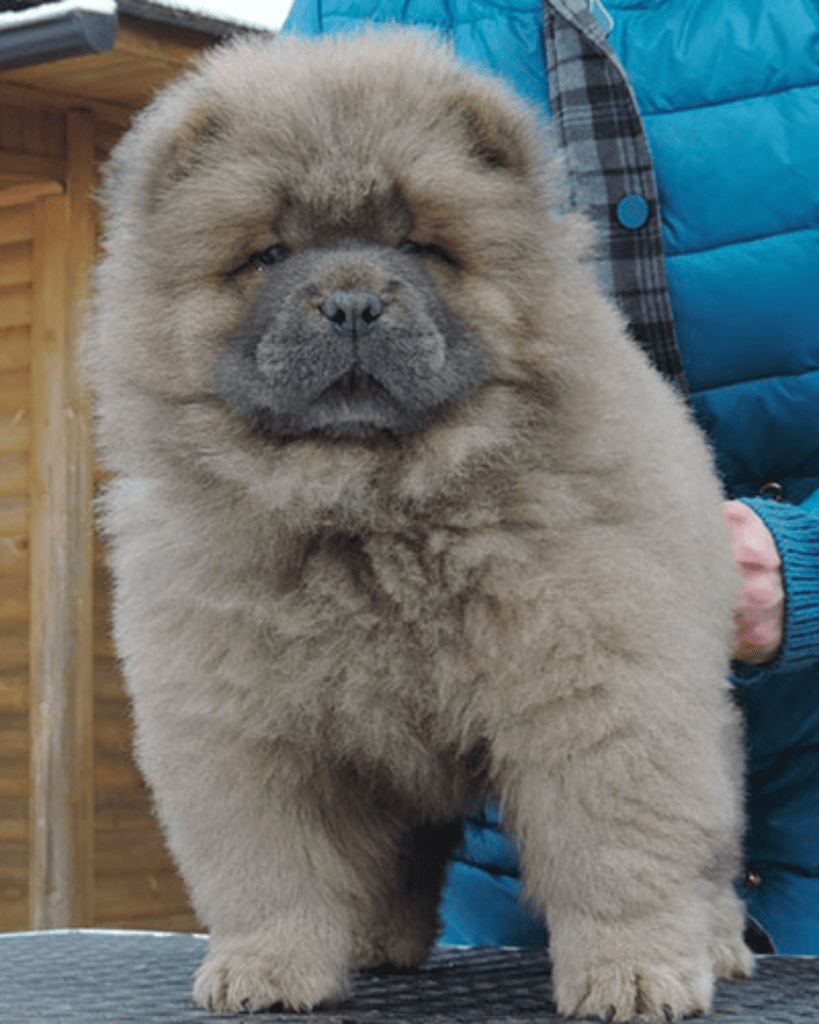
Why Dilute Dog Coat Colors Occur
Understanding why dilute dog coat colors occur takes us deep into the realm of genetics. The core of this color transformation lies within a particular gene known as the Melanophilin (MLPH) gene. This gene mediates the transport and distribution of pigment-producing granules called melanosomes from melanocytes, the cells that produce and store the pigment, to keratinocytes, cells that produce keratin — the key structural material making up hair, skin, and nails.
Colours like “Blue”, “Lilac dogs”, “Isabella” and similar are usually big denotations of dogs who are being bred purposefully for their dilute gene.
The Role of the Dilution Gene (MLPH)
In particular, a variant or mutation in the MLPH gene, commonly termed the ‘dilution gene,’ is primarily responsible for lightening a dog’s coat color. When the dilution gene variant is inherited, it disrupts the normal transportation of melanosomes, the tiny packets containing melanin pigment. The outcome of this is a diluted, or lighter, coat color due to the pigment particles being more spread out throughout the hair shaft rather than densely packed.
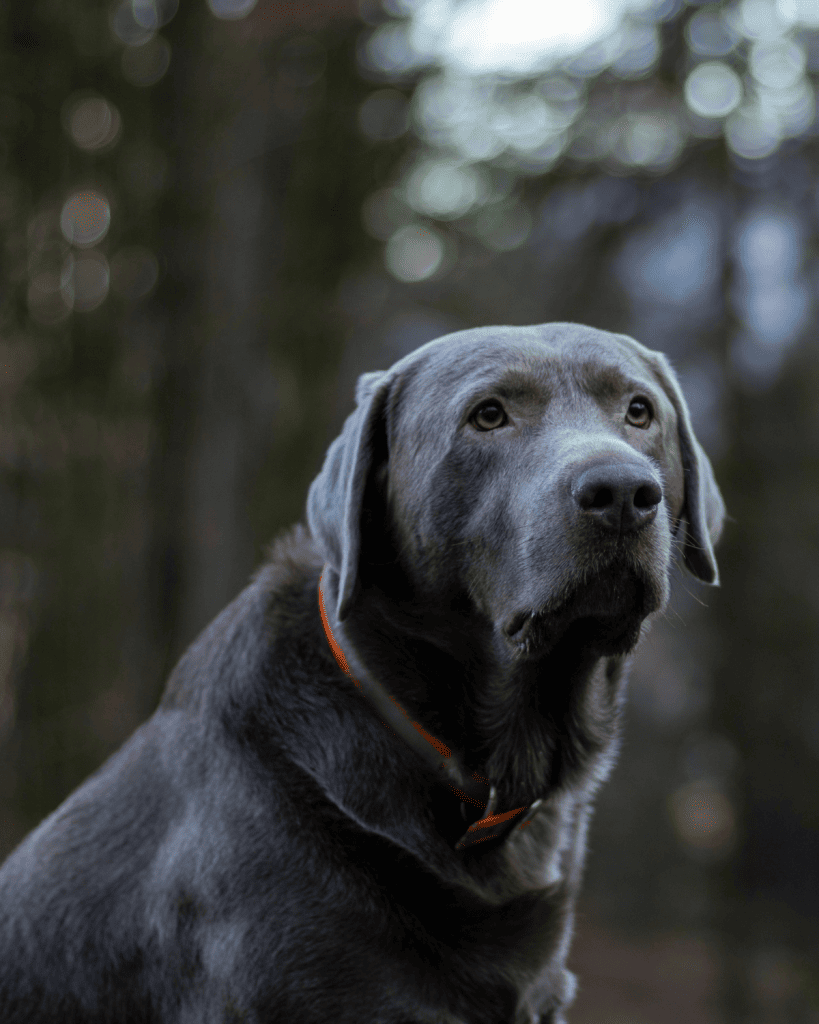
Dominant Full Color (D) Versus Recessive Dilution (d) Alleles
Here’s where the play of genetics deepens. The MLPH gene variant can exist in two forms or alleles – D and d. The D allele is dominant and leads to full, undiluted coat color. This means that, even if a dog possesses one D allele (from one parent) and one d allele (from the other parent), it will still display its full, non-diluted coat color. This is due to the D allele overriding the effects of the d allele.
On the other hand, the d allele is recessive and corresponds to the expression of the dilution gene. A dog must inherit the d allele from both parents (meaning it is dd) to exhibit a visibly dilute coat color. If it only receives the d allele from one parent, the dominant D allele from the other parent will mask the dilution effect. So, for example, DD will create black dogs, as will one recessive gene of Dd. However, dd will denote blue dogs.
In a nutshell, the manifestation of dilute dog coat colors is a direct result of specific genetic mechanisms. This comprehensive understanding of why dilute colours happen is the first step towards unravelling the potential problems associated with these captivating yet complex hues.
Common Problems and Health Concerns
Though they may be visually stunning, dilute dog coat colors can be associated with a variety of health issues. Among these, one of the most frequently observed conditions is Color Dilution Alopecia (CDA).
Color Dilution Alopecia (CDA) and Its Symptoms
color/colour dilution alopecia, CDA, is a genetic condition frequently associated with dogs possessing dilute coat colors. Essentially, it is a form of follicular hypoplasia — underdevelopment or incomplete development of the hair follicles leaving patchy hair loss, or a thin coat. But what does this means for your dog’s coat and overall health?
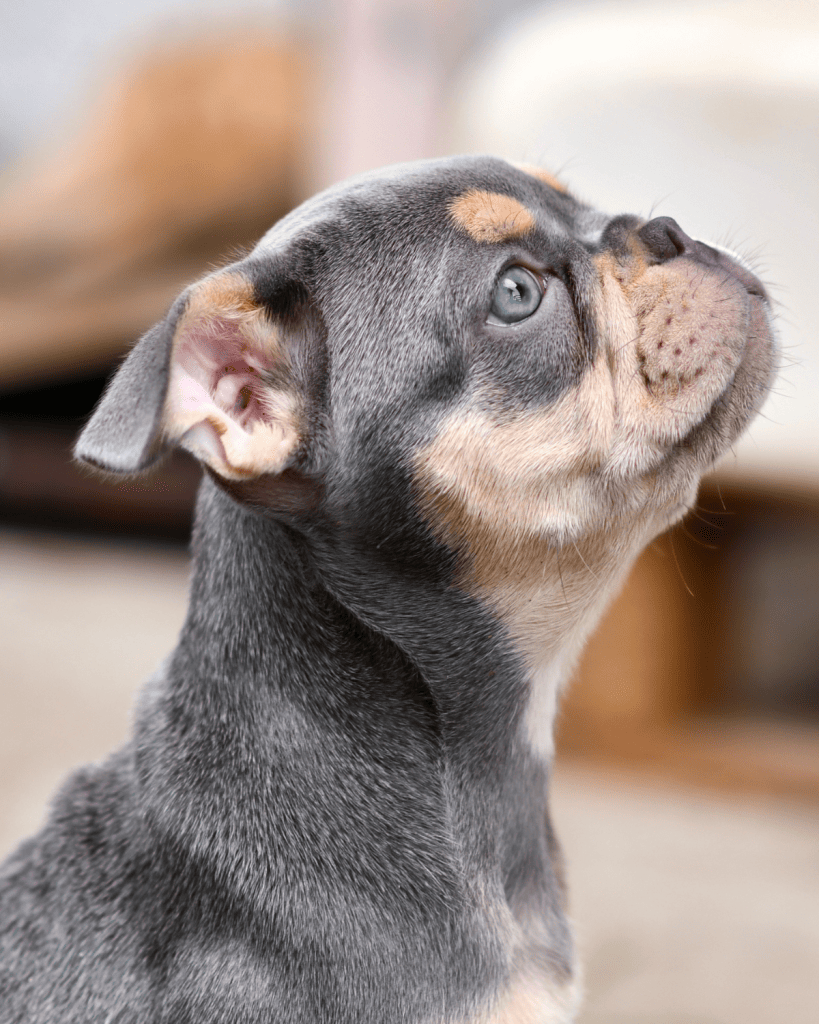
CDA typically begins to present symptoms when the dog is between six months to three years of age. It starts with weakened hairs that break easily, followed by hair thinning and eventual hair loss, primarily affecting the dog’s back and flanks but potentially spreading elsewhere. Besides hair loss, another prominent symptom of CDA is recurring skin infections due to the exposed skin being more susceptible to bacterial invasion.
A hallmark sign of CDA is the regrowth of hair after it has been clipped or shaved, where the hair grows back oddly colored or fails to grow back at all. It’s also worth noting that while CDA may cause cosmetic changes and skin infections, it does not cause itching or discomfort in most cases.
Other Skin Problems Related to Dilute Coat Colors
Apart from CDA, dilute dog coat colors can give rise to other skin problems. Some dogs might show signs of folliculitis, an inflammation of the hair follicles, leading to bumps, sores, and scabs on the dog’s skin. Others may have dry, flaky skin, or even encounter issues like pattern alopecia, where hair loss occurs in specific patterns.
Seeing problems manifest in your dog due to their beautiful coat colors is disconcerting. However, being aware of these potential issues allows you to monitor their coat and overall health more effectively, and intervene with veterinary care as soon as any signs of concern arise. A head start in detection can be a step forward in prevention and management.
Identifying Issues in Specific Breeds
Color dilution and the related concerns are not evenly distributed across all dog breeds. Some are more genetically predisposed to dilution-related problems due to selective breeding that has emphasized the appearance of certain coat colors.
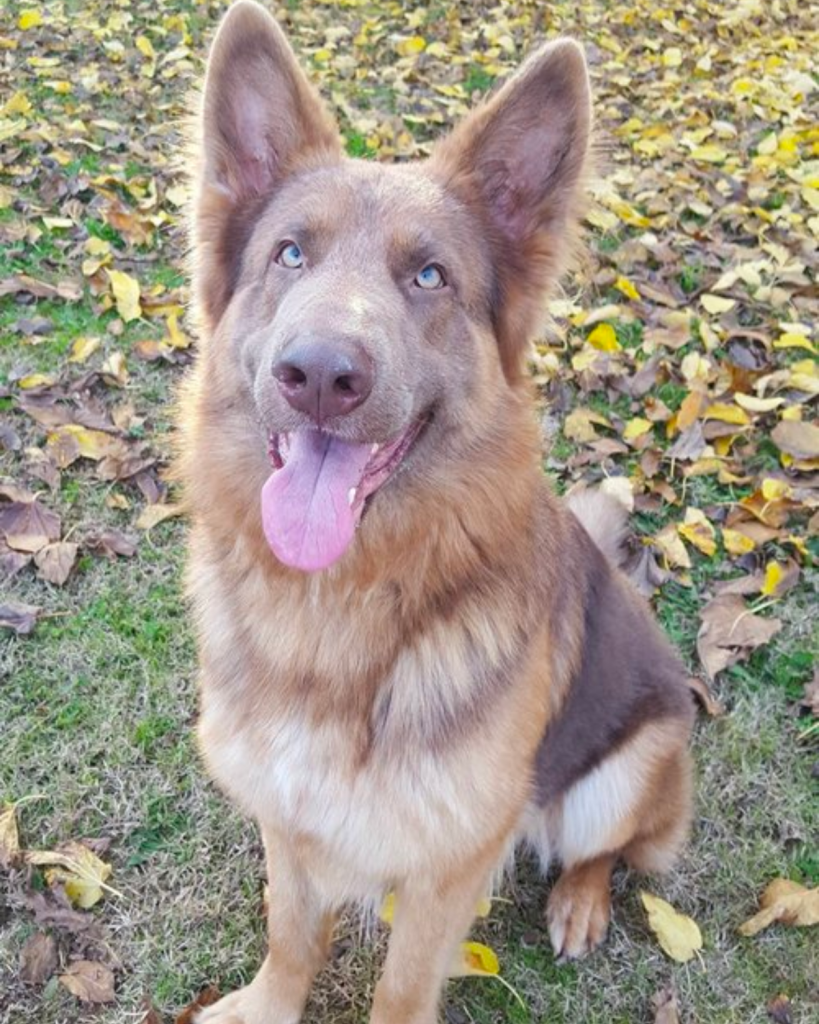
Breeds Prone to Color Dilution Concerns
Certain breeds are more prone to the effects of the dilution gene and subsequently to issues like Color Dilution Alopecia (CDA). Notable among these are:
- Doberman Pinschers: Particularly those with blue or fawn coat colors, where dilution is more commonly seen.
- Italian Greyhounds: Blue or fawn Italian Greyhounds are also at a higher risk.
- Great Danes: Their harlequin color pattern can include dilute colors, which can predispose them to skin issues.
- Chow Chow: The dilute blue coat is associated with a higher incidence of CDA.
- Dachshunds: They can have a dilute (blue or isabella) coat that may develop alopecia.
- Whippets: On occasion, dilute coat colors in this breed can lead to skin problems.
- Frenchies: “Isabella”, lilac, lavender and all sorts of colour variations, and even double merles are popping up, which are really quite dangerous given the breed’s existing health problems, it would be exceedingly hard to responsibly breed dilute puppies within the breed.
- German Shepherd dog: With both Isabella and blue examples within the breed, the German Shepherd gets a few examples colour dilution.
- Labradors: the recent upsurgence of the silver labrador is an example of coat color dilution. Often, they’re thought to be a mixed breed but it’s not necessarily the case.
While this list is not exhaustive, the trend underlines the importance of recognizing that the predisposition toward health issues can be breed-specific, linked significantly to color dilution genetics. They’re often marketed as “rare colors”.

Do Puppies Show Color Dilution Alopecia?
Color Dilution Alopecia (CDA) is a genetic condition that is most commonly seen in dogs with dilute color coats such as blue or fawn. Given that it’s an inherited condition, it could potentially be present in puppies of affected breeds. However, the onset of CDA symptoms usually doesn’t appear until a dog reaches between six months and three years of age. This means that while puppies could technically carry the genetic disposition for the condition from birth, the visible signs such as patches of hair thinning or loss and flaky or itchy skin typically do not manifest immediately in their puppyhood.
It’s important to note that early detection plays a key role in managing this condition. Therefore, if puppies of at-risk breeds are demonstrating unusual hair thinning or loss, it’s crucial to consult with a veterinarian for a thorough evaluation.
So, to answer your question, while puppies might not show the visible symptoms of CDA very early within their first months, they could already carry the genetic predisposition, and clinical signs could develop as they grow older, particularly starting from around six months of age.
Tips to Identify CDA in Your Dog
Identifying CDA early can mitigate the dog’s discomfort and prevent secondary infections. Here are some tips to assist you in assessing your dog:
- Monitor the Coat’s Texture: Regularly run your hands through your dog’s coat. Changes in texture can be an early indicator of CDA.
- Check for Hair Breakage: Look for signs of broken hair shafts or uneven hair length, particularly in areas where the coat should be uniformly thick.
- Spot Unusual Hair Loss: Observe areas of thinner hair or bald patches that are not due to normal shedding. Pay special attention to the dog’s back and sides.
- Inspect the Skin: Look closely at your dog’s skin, especially where hair loss is noticed, for any signs of redness, flaking, or bumps.
- Regular Grooming and Bathing: While grooming or bathing your dog, keep a close eye out for any hair loss or signs of skin irritation.
- Veterinary Checks: A veterinarian can perform trichoscopy – using a microscope to examine the hair and follicles in greater detail. Additionally, skin biopsies and other tests can confirm a CDA diagnosis.
- Beware of Recurrent Skin Infections: If you’re frequently combatting skin infections or notice an increase in them, CDA or another related condition could be a contributing factor.
Should any signs raise a red flag, it’s crucial to consult with a veterinarian. They can provide an accurate diagnosis and recommendation for care. While there’s no cure for genetic conditions like CDA, proper management can improve your dog’s quality of life.
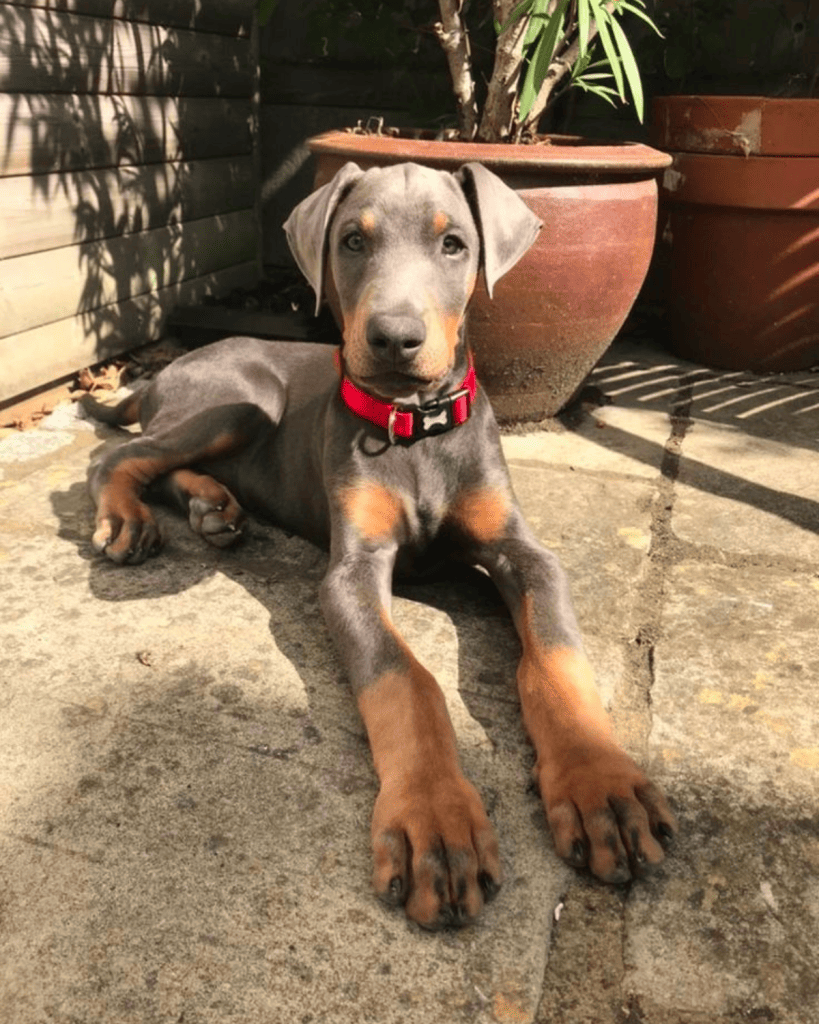
Preventing and Managing Problems
For dogs with dilute coat colors, vigilant care can alleviate the discomfort associated with skin conditions and preserve the health of their unique coats. Here is how you can steer their health management effectively:
Health Management Tips for Dogs with Dilute Coat Colors
- Regular Veterinary Checkups: Establish a routine of regular wellness exams. These visits can help catch potential issues early on, which is essential for conditions that are easier to manage than to cure.
- Optimized Nutrition: A well-balanced diet, potentially supplemented with omega fatty acids, can promote healthy skin and coat. Consult with your veterinarian to select the best diet for your dog’s specific needs.
- Gentle Grooming: Use mild shampoos and conditioners designed for sensitive skin. Be gentle during grooming to avoid breaking the hair shafts, which can be more fragile in dilute-coated dogs.
- UV Protection: Because dogs with thinner coats or exposed skin are more susceptible to sunburn, consider using pet-safe sunscreen or protective clothing when spending time outdoors.
- Skin Care: Inspect your dog’s skin regularly for any signs of infection or irritation. The sooner you catch these problems, the easier they are to treat.
- Stress Reduction: A stress-free environment can help minimize flare-ups of skin problems in dogs, just as it does in humans.

Addressing Potential Breeding Risks
For those involved in dog breeding, preventing the propagation of dilute coat color-related health issues is a critical responsibility. To ensure ethical breeding practices, the following measures are advised:
- Genetic Testing: Avail of genetic testing for the MLPH gene to identify carriers of the dilution gene. Getting these diagnostic tests done means knowing the genetic status of breeding stock, which can help prevent the unintentional breeding of dogs likely to produce offspring with CDA or other dilution-associated conditions.
- Informed Pairing: Avoid breeding two dogs with dilute coat colors, as this increases the probability of the offspring inheriting the recessive d alleles from both parents, heightening the risk of CDA and related health issues.
- Transparency with Potential Buyers: Be open with potential buyers about the risks associated with dilute coat colors. Provide documentation of the genetic tests and a clear explanation of any genetic counseling you offer.
- Spay/Neuter Advisories: If a dog carries the dilution allele or has developed alopecia or other skin conditions, advise spaying or neutering to prevent passing these genes onto future generations.
- Continued Education: Stay informed about the latest scientific discoveries regarding canine genetics and coat colors. Encourage fellow breeders to prioritize the health and welfare of the dogs over aesthetic considerations.
Implementing these practices helps manage the well-being of individual dogs, and ensures the responsible stewardship of their breeds. By staying proactive about health and ethical in breeding choices, dog owners and breeders can continue to cherish the beauty of dilute coat colors while upholding robust canine health standards.
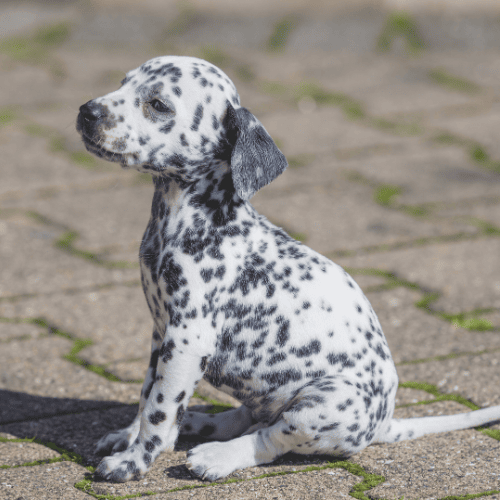
Can Dilute Colors, or Color Variations Ever Be Bred Ethically?
Many would argue no, that they can’t, because breeding deliberately for a colour isn’t something that promotes healthy dogs, and that (rightly so) should be the focus of any dog breeder.
However, much like the argument of doodles being unethical because they’re not a recognised breed — any two dogs can be ethically bred if the health and temperament are in mind when the parents are bred.
However, typically, it’s more often a breeder red flag than it is a positive sign. Remember, good breeders breed for health and temperament before dilute fur colors, and if they cannot demonstrate how they’ve done that, then you’ll need to swiftly move on.
Dilute colors may look interesting, but there’s more to it.
While dilute coat colors in dogs can be aesthetically pleasing, they bring about specific challenges that require conscientious care and attention, and coat colour is just coat colour! Honestly, as a trainer, I would strongly recommend going for a well bred dog over one with a fancy colour – every time.
Acknowledging the potential genetic predispositions of certain breeds to Color Dilution Alopecia and other skin problems is crucial for current and prospective dog owners, as these and other health conditions are a serious risk. By following health management tips such as regular veterinary care, a balanced diet, appropriate grooming, and careful breeding practices, the risks associated with dilute coloration can be mitigated.
Importantly, ethical breeding practices not only protect the health of individual dogs but also contribute to the overall betterment of the breed. By combining awareness, education, and preventive care, owners can ensure their beloved pets lead healthy, happy lives, without letting color dilution concerns overshadow the joy of their companionship.
If you want help choosing the perfect puppy breed for you, get in touch!

Author, Ali Smith
Ali Smith is a professional, qualified, and multi-award winning trainer is the founder of rebarkable. She has always believed animals deserve kindness and champions force free methods. Believing that dog guardians will all choose the kindest options if proper information is provided, she aims to help all dog guardians who need it and make dog training as accessible as possible
Ali lives win Maryland, US with her husband and her three dogs.






0 Comments